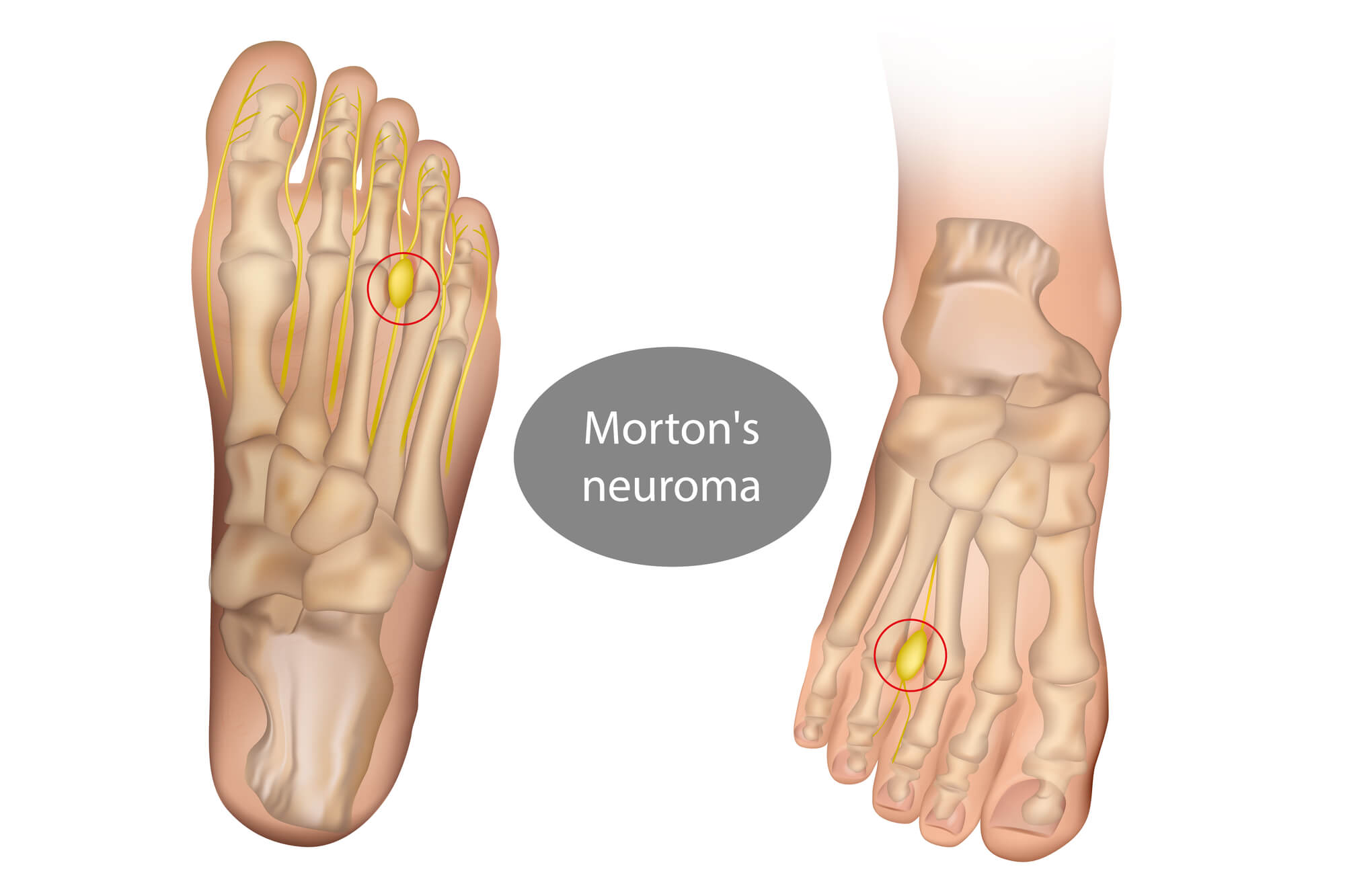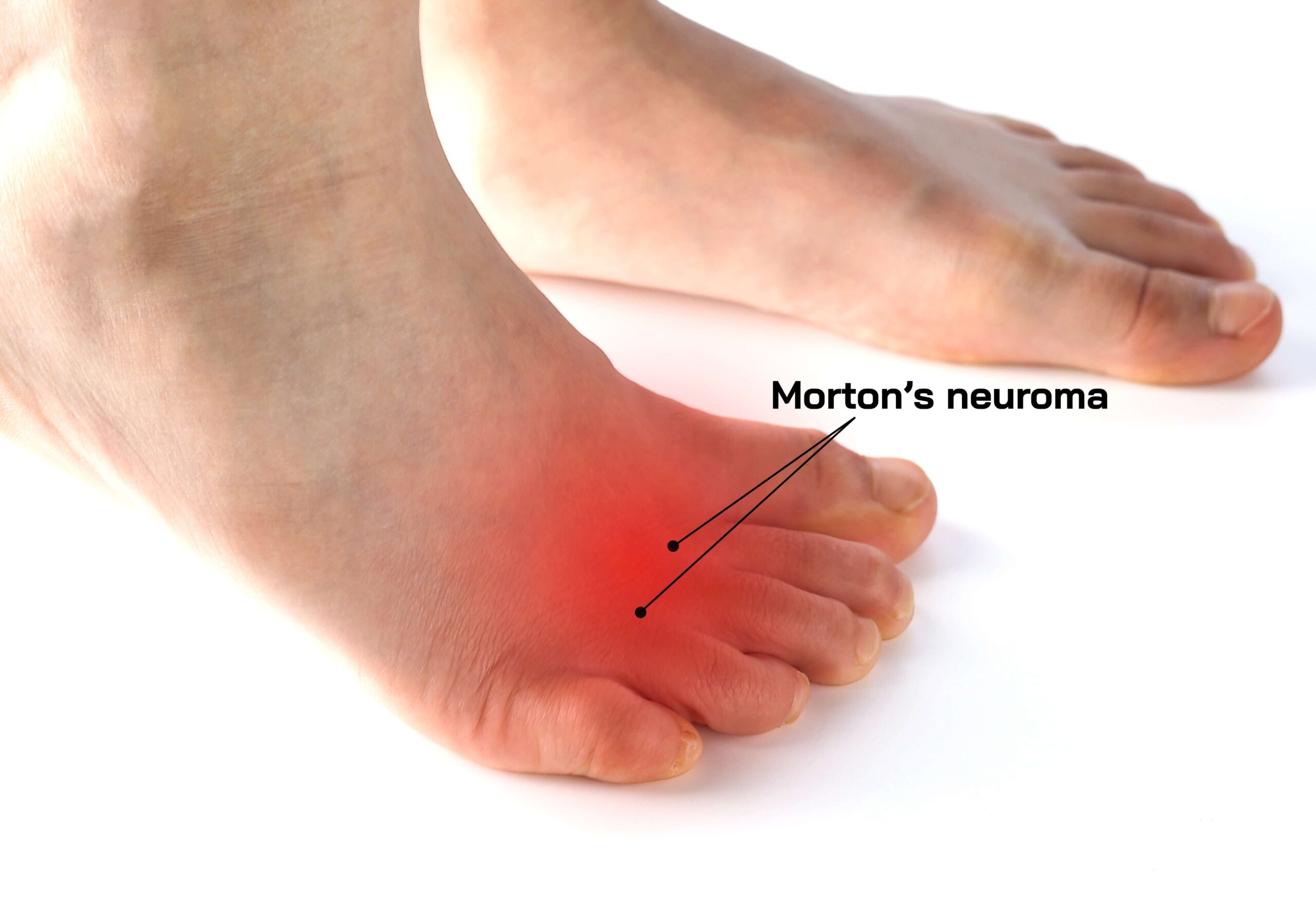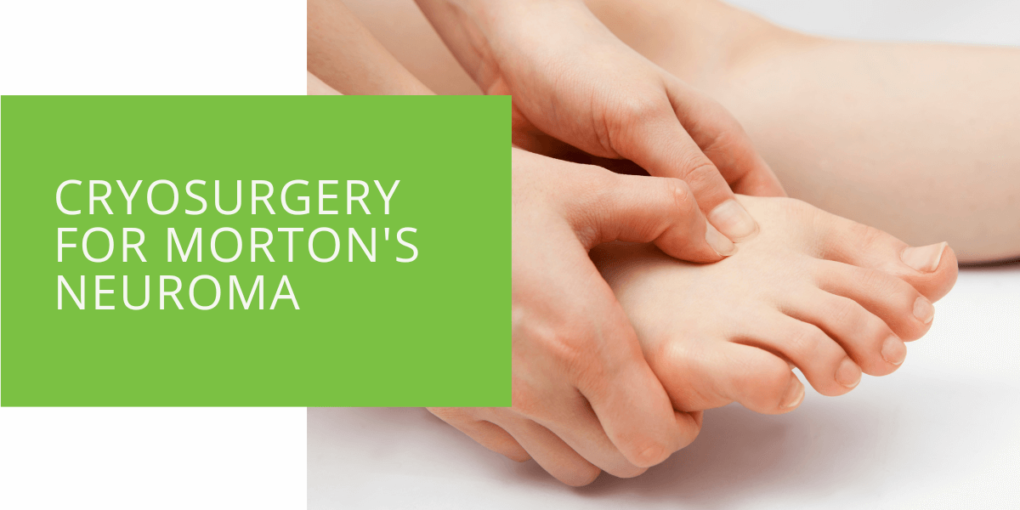Cryosurgery for Morton’s Neuroma
Morton's Neuroma is a common foot condition that affects the nerves in the ball of the foot. It can cause severe pain, numbness, and tingling in the toes, making walking and performing daily activities difficult. Traditional treatment options for Morton's Neuroma include orthotics, steroid injections, and, in severe cases, neuroma surgery. However, Cryosurgery is an innovative and minimally invasive treatment option with a high success rate in treating Morton's Neuroma.
What is Cryosurgery?
Cryosurgery is a minimally invasive medical procedure that uses extreme cold to freeze and destroy diseased tissue. It has been used to treat various conditions, including skin lesions and tumors. Cryosurgery is now used to treat Morton's Neuroma, which causes nerve tissue degeneration in the foot's ball. In Cryosurgery, a probe is inserted into the affected nerve through a small incision, and an ice ball is formed from freezing and destroying the nerve tissue.
How Cryosurgery is Performed for Morton's Neuroma
Cryosurgery for Morton's Neuroma is an outpatient procedure that can be performed in a podiatric office or surgery center. Before the procedure, the patient is given a local anesthetic to numb the area where the incision will be made. The podiatrist then uses ultrasound to locate the affected nerve and inserts a Cryosurgery probe into the neuroma. Once the probe is in place, the temperature is lowered, and the ice ball is formed from freezing and destroying the affected nerve. The entire procedure usually takes less than an hour, and there is minimal downtime after the procedure.

Recovery After Cryosurgery
After Cryosurgery, patients may experience numbness, tingling, or bruising in the affected area. The patient may also need crutches or a walking boot to minimize weight-bearing on foot. However, the recovery time is typically shorter than traditional neuroma surgery, with most patients returning to normal activities within four weeks. Additionally, because Cryosurgery is a minimally invasive procedure, there is less scarring, bruising, and pain than in traditional invasive procedures.
Effectiveness of Cryosurgery for Morton's Neuroma
Cryosurgery has a high success rate in treating Morton's Neuroma. In a study published in the Journal of Foot and Ankle Surgery, researchers found that Cryosurgery had a success rate of up to 85% in treating Morton's Neuroma, with most patients experiencing significant pain relief within a few days of the procedure. Furthermore, Cryosurgery for Morton's Neuroma has a lower risk of complications than traditional neuroma surgery, requiring more invasive procedures such as cutting the sheath surrounding the nerve or removing the entire affected nerve.

The History and Development of Cryosurgery as a Medical Procedure
Cryosurgery has been used in medicine for over a century, with the first reported use of extreme cold to destroy diseased tissue dating back to the early 1900s. Over time, Cryosurgery has become a popular treatment option for various conditions, including skin lesions, tumors, and cervical dysplasia.
In the 1960s, Cryosurgery was introduced as a treatment for prostate cancer. Since then, Cryosurgery has been used to treat various medical conditions, including breast, liver, and bone cancer. Cryosurgery is also a common treatment option for certain types of skin cancer and is used to freeze and destroy precancerous cells.
Cryosurgery is now being used to treat Morton's Neuroma, a common foot condition that affects the nerves in the ball of the foot. Cryosurgery for Morton's Neuroma is a minimally invasive procedure with a high success rate in treating the condition.
As technology advances, Cryosurgery will become even more widely used in medicine. The precision of ultrasound and imaging technologies and the development of new cryoablation devices are making Cryosurgery more effective and efficient in treating a wide range of medical conditions.
Conclusion
Cryosurgery is a safe and effective treatment option for individuals suffering from Morton's Neuroma. It has a high success rate, minimal downtime, and a lower complication risk than traditional invasive procedures. If you are experiencing foot pain and are considering treatment options, consult a podiatrist about Cryosurgery as a viable solution. With Cryosurgery, you can expect to experience significant pain relief and return to your normal activities faster.
FAQ
How long does Cryosurgery take?
Cryosurgery for Morton's Neuroma usually takes less than an hour, making it a quick and efficient procedure.
How successful is Cryosurgery for Morton's Neuroma?
Cryosurgery has a high success rate in treating Morton's Neuroma, with studies showing a success rate of 85%. Many patients experience significant pain relief within a few days of the procedure.
Does Cryosurgery work on Morton's Neuroma?
Yes, Cryosurgery has been shown to be an effective treatment option for Morton's Neuroma. The procedure uses extreme cold to freeze and destroy the diseased tissue, which provides significant pain relief within a few days of the procedure.

